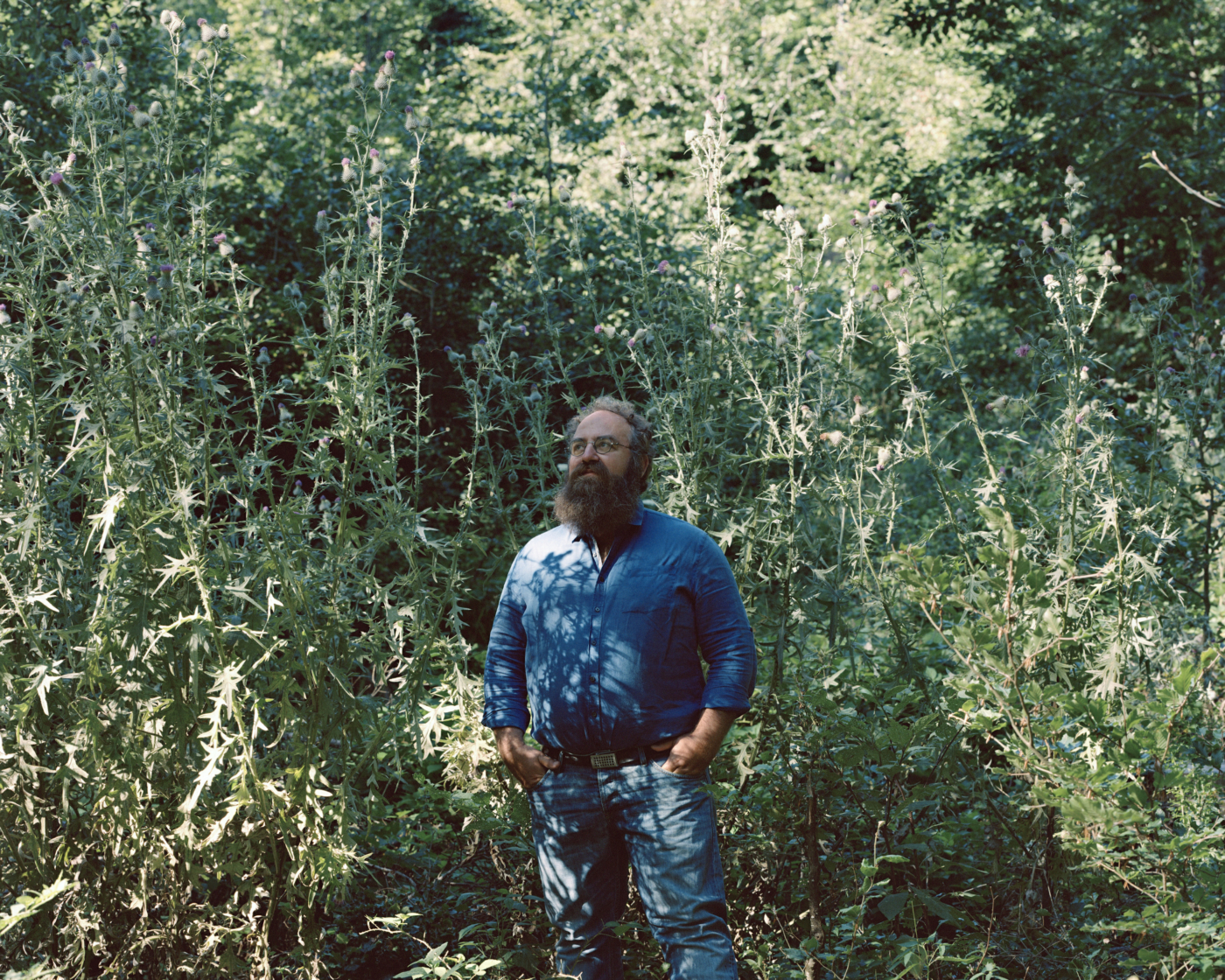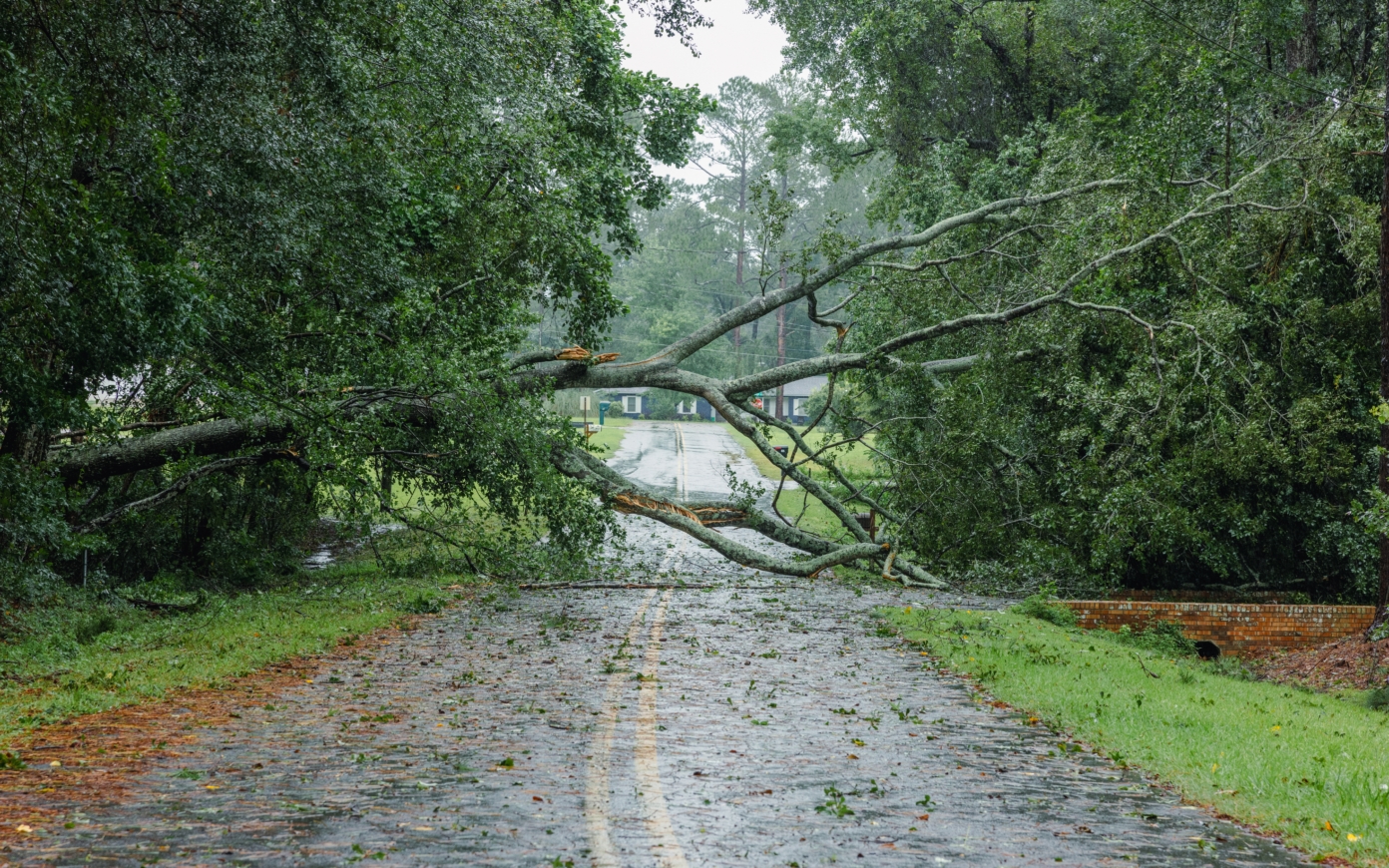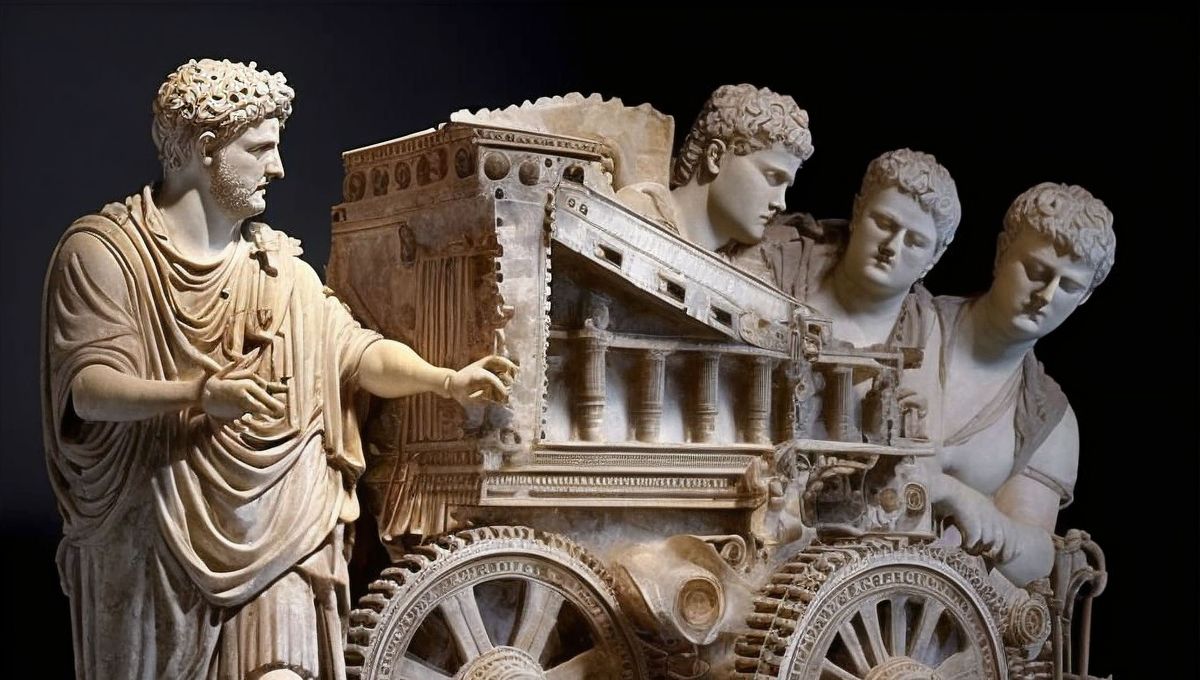Singularity of Things

- Publish On 18 November 2017
- Timothy Morton
As an awareness of the Anthropocene drives us to reconsider the relationships of subject-object and human-nature, the OOO challenges the way that we perceive objects but also their very nature. For philosopher Timothy Morton, things can not be reduced to the fact of belonging to, or having effects on, other things, but rather possess an inherent uniqueness, existence and value. He also refutes that thought – scientific data for example – constitutes a privileged way of accessing objects, in relation to meaning for example. Treating non-human beings as ontologically equal, the OOO is for Morton the only western philosophy that embodies the promise of a profound non-violence towards oneself and others. The ecosystem, this set of relationships between creatures, itself forms an object, with the question becoming the nature of this system of interconnections, that he estimates as being of the order of symbiosis, an interplay of alliances with no notion of domination.
What we found in Inhabiting the Anthropocene is that we are obviously in a phase of multidisciplinary reconsideration of the relationship between object and subject, between human and nature. Our collective Anthropocene dilemma demands it. We cannot ignore that we are together, that we are a whole. We are hoping to better understand the different attitudes toward the problem and the emergent strategies for dealing with it. Essentially, we seek a place from which to view the role of architecture in these practical and psychosocial economies. Bruno Latour wrote, “We shouldn’t be afraid of our monsters.” He was saying that we should accept that nature and living systems are already completely changed by technology and that we should not be afraid. We are therefore considering the relationship between Object-Oriented Ontology (OOO) and ecology. How do you see this relationship and the interactions that take place within it?
I am struck by that thing that Latour said—that there’s no problem since nature has already been fully technologized. I think in a way just because something has been technologized it doesn’t mean that the problem has gone away. The problem is that one might use the thing they want to technologize to harm oneself or other beings. So, you could imagine we have created the perfect arrow—it’s made of platinum, but that doesn’t make the problem of shooting people go away. I’m not an accelerationist at all. I think there’s a whole problem with that and a wider sort of angle to take. It’s like a kind of idea or a meme—if I can use that word—imagining the world without us. The trouble is that when you read that narrative, you have a point of view on the world without us from some impossible future subjectivity. So, it’s still with you to some extent. It’s sort of like you are sadistically rubbernecking the catastrophe from the point of view of the future.
The other point is that we are so chemically interlocked with Earth processes right now—with Earth systems, and other life forms—that if we go extinct it either means everything else is about to go extinct or everything else did just go extinct, so the world without us isn’t great. And then of course there’s this idea that “you know if we or some species go extinct then Mother Nature or Gaia or whatever will just evolve a new entity to take the place of the thing that disappeared.” You are imagining that things are components of a machine and that they are expendable, because when your car tire bursts you can replace the tire with a different one.
So, the thing about Object-Oriented Ontology is that it’s actually claiming that things are not just components of other things. They have their own unique existence and value from their own side. Things aren’t important because they are parts of other things, or have effects on other things, or are made of really cool things. Like an arrow made of platinum—it’s better than an arrow made of wood because the platinum atoms are more expensive, or something like that. That’s not the point. We say you can’t reduce things to other things. Everything is really unique and in fact things are so unique that they are—in the Americanism—“in your face.” They are so “in your face” that you can’t wrap your mind around them completely. And, in fact, you can’t actually wrap your fingers around them completely. And you can’t wrap your clothes around them completely. And you can’t wrap anything around them completely. And the other thing is that nothing can. What does this mean? This means that thinking about something is no longer the top access mode. Any other access mode is just as good or bad as thinking.
So, thinking about the object, brushing against it, ignoring it, allowing dust to fall on it—all these things are just as good as each other. We have been living in this world where thinking, and epistemology, and how do I know that I’m right? has become the issue: and the reason why is that there’s been this slightly one-sided interpretation of Kant. What we’re arguing is that since the age of Kant it’s been impossible to say that we can directly point to things in themselves. What we can point to is data, as science calls it, or experiences or sensual qualities if you’re not a scientist. Again, there’s no reason why the scientific data is getting at the thing better than brushing against it as an artist. This isn’t to disparage science. Science is actually incredibly accurate at interpreting patterns in data. This is the Humean point that Kant gives you—it’s the reason why Hume is correct that science is statistical interpretation of patterns in data. Actually, science is very much like art criticism because you are looking at patterns. You’re not looking at reality. No scientist would ever say ‘‘I’m looking at reality.’’ Only a scientistic person would say ‘‘I’m looking at reality,’’ and there is a very big difference between science and scientism. So, we can’t know things directly, we can only know data.
Now Kant gives you the reason why, which is that although there are real things, they don’t become reality until something—and he thinks that thinking is the way that it’s done—accesses them. It’s like the problem of the light in the refrigerator—you can’t know if the light is on in the refrigerator without opening the door. For Kant, what he calls the transcendental subject is the fridge opener. Then along come a number of successors to Kant who posit different kinds of fridge openers or deciders.
There was a moment in American political history very recently when George Bush said “I’m the decider, I get to decide who goes to Iraq.” But also in a way Hegel is saying, “History is the decider about whether the light is on in the refrigerator. History opens the door.” And Nietzsche is saying, “Will to power opens the door.” Heidegger is saying, “Dasein opens the door.” Marx is saying, “Human economic relations open the door.” What all these door openers have in common is that they are always keyed to human beings. There are no beetle door openers. Even though it’s quite likely that there are extraterrestrial intelligent beings, they are not the door openers either. It’s always usually by default keyed to—drum roll, you guessed it—us. But the point is that brushing against and licking are equally good access modes as thinking. So, actually a snail crawling along the surface of an object is also accessing that object in an incomplete way—the snail is also a fridge opener.
There’s a distinction between what Lacan calls the real and reality, which is the feeling that it’s real. The actual real you can’t grasp, but you can grasp reality because you are able to correlate it to the real. There is an amazing paradox here which even Kant is frightened of and many other philosophers are even more frightened of, which is that things are exactly how they are yet never exactly as they appear. And Kant’s example is raindrops. These raindrops are falling on your head; they are wet and splashy and raindroppy. They are not gumdrops. They are not chocolate drops. They are raindrops. On the other hand, none of the raindrop data—splashy, wet, irritating, nice, this big, this speed—is the raindrop. It’s raindrop data. So there’s this big problem, which is that the raindrop data is about the raindrop, but where’s the raindrop? Things are weirdly paradoxical, a little bit like tricksters in some first peoples’ cultures. They can lie and tell the truth at the same time, which seems illogical but only because we have been trying to obey this rule called the law of noncontradiction that has never been formally proven. It’s in section Gamma of the Metaphysics of Aristotle. And some logic can allow things to be contradictory yet true.
I rely on this logic to enable me to say that things are exactly as they are but never how they appear. What this means actually for the notion of nature of and ecology is that there’s nothing different underneath the appearances that we could call nature. We usually think of nature as something that’s over there somewhere. Like somewhere in my DNA somewhere, somewhere in the mountains over there. Somewhere back in the past where we used to be natural and now we’re artificial. It’s always sort of “over there,” and that’s a problem, precisely because it’s very similar to this default idea that we have in Western culture. It’s not just a philosophical concept—built spaces act out this concept, which is that things are basically lumps of bland extension decorated with qualities just like candy coating. The trouble with that is that it’s quite obvious that this idea is perfect for manipulating anything you want, however you want. And the upgrade of that idea, which is the Kantian idea that things are blank screens for historical, human, dasein, multi-power, human-economic relations desire projection, might be even worse.
There’s something quite sadistic about treating a thing as a blank screen for desire projection purposes so that you can do anything to anything. It gets even worse in Hegel, because Hegel says this whole gap between phenomena—data—and real things is only happening inside the subject, so there is no gap. We get to decide exact reality completely. There’s not even a gap. So OOO is the first Western philosophy—in the lineage of deconstruction—which is beginning to go there. It’s the only Western philosophy that I’ve discovered that I can live with, because it’s the only one that treats non-human beings as equally important as human beings, and also that holds out the promise of profound non-violence toward ourselves and other beings. And remember we’re also made up of these non-human beings. Thinking of ourselves as intrinsically, essentially human without bacteria and mitochondrial DNA is also wrong. When we think that way we are also doing violence this way too.
Through all these historical movements—from Kant to Heidegger—we have been entering the Anthropocene. We have seen a great acceleration and a real anthropological revolution as our relationship to the world changes. Big data did not exist before but is now available. There is also this new element—the idea from ecology that all things are interrelated. I question how OOO concentrates on the object as an independent entity at a moment where everything is supposed to be incredibly interrelated and becoming more so.
When you say “object,” think of a mirror. When you look in the mirror, you see the worst possible thing that could happen to a person—they become objectified. That says a lot about our idea about what objects are. We think they’re mute. We think they have no agency. We think they’re static. We think they’re solid. We think they’re isolated. This is actually not what OOO is saying at all. What OOO is actually saying is that an object is more like a liquid. It’s like you can’t put your hands in it. You can’t completely hold on to it. It’s always slipping out of your grasp. Remember that the ecosystem, which is a set of relations between different beings, is also an object. Groups of things can also be objects for OOO. Gaia is an object, the biosphere is an object, the relationship between you and me is an object. So, there’s no real problem—we’re not isolating static solid things and saying everything else is wrong or untrue or unreal. We’re actually saying that this is how you get things to interrelate without doing violence to them. So, ok, maybe everything is interconnected, but the question is how? What is the nature of this interconnection? I think it is quite obviously—the word for it in life science is—symbiosis. Things are interconnected symbiotically.
Now symbiosis is an uneasy relationship because it’s never possible to determine who or what is the top being. There’s some kind of uneasy alliance happening there, between the host and the being that is being hosted. It’s interesting to look at the word itself, ‘‘host,’’ which comes from a Latin word that could mean both friend and enemy. That uneasiness is part of this concept, and it’s the same sense that drove Derrida to write, in his essay “Hostipitality,” that hosting depends upon an openness toward something completely unknowable and different happening. Some kind of radically open futurality. This is basically what we say about things. We say that anything—an ecosystem, a rabbit in an ecosystem—has a kind of ungraspable, futural—Derrida would say—quality to it that you can’t pin down. Like, what’s the meaning of a piece of music? You can’t hold on to it, nevertheless this piece of music is not that piece of music. On the other hand, the form, the appearance, the format—whatever you want to say—is extremely determined. And in a way, that’s the past.
Modern architecture used to look at buildings as beautiful objects, like sculptures. Should we conceive our buildings more like living organisms, think of them as metabolisms inside other metabolisms, with living, sentient components?
I think so very much. Firstly, I think we now know that when we make buildings we have to allow for the fact that not only humans are going to use them. Frogs are going to jump on to them, dust is going to settle on them, birds are going to fly into them. All kinds of things are going to happen that don’t involve human beings. And making a building now, designing a building, needs to be done with regard to these non-human beings as well. Because in a certain way they are already inside social space and therefore social space was never completely human in the first place. In a way, that’s the Anthropocene. It’s two things: it’s human beings noticing that they are a species in a very non-essentialist way, in a way that isn’t nice or fun, but finally realizing we have unintended effects on the planet, we are a geophysical force on a planetary scale. On the other hand, it’s decisively a moment at which human beings, in particular white Western patriarchal human beings, finally have to admit that there are other entities on this Earth that need to be taken into account when we act, for example when we think and do art and make buildings.
Back to the point: how come different life forms can access the building in different ways? How come that can happen? That’s because the building itself is kind of weirdly hiding from itself at the same time as it’s revealing itself to itself. There’s an inner dynamic no matter whether it gets lived in, or settled on. In and of itself, it is a quivering, vibrating being without ever being pushed. That’s what OOO is saying—that things are alive all by themselves without needing to be pushed mechanically. Life itself is a quivering in-between two different types of death. There’s completely not existing, and there’s mechanically churning around. And there’s this sort of weird in-between point where you find life. Somehow, I feel like movement is built into the OOO view of how things are. Ontology is the study of how things exist. It’s not dogma about what exists. That’s for other people like theologians and politicians. Ontology is about the deep structure of how things exist. I have to use lots of examples, but it doesn’t mean I believe they really exist.
Things are in motion without being pushed and that’s why we can have movement, that’s why we can have change and all the other things that happen to buildings. Even above and beyond the metabolic processes where there is an energy exchange happening, even if a thing is completely cut off from any kind of exchange with anything else, in fact precisely at that moment, physics observes what Object-Oriented Ontology is predicting it would observe, which is that a thing is moving and still at the same time. It’s vibrating and not vibrating simultaneously. It’s a little bit out in front of itself as a condition of possibility for existing. Lots and lots of human philosophers have thought that there are things that are a little bit out in front of themselves—those things are called human beings. Heidegger thinks that the human being has this ecstatic existence where it is slightly outside of itself all the time, tumbling into the future like a ‘Slinky’’—an American toy that is like a helix of metal that you make go down the stairs as if it’s walking.
You are taking a primarily poetical and artistic aesthetic approach, which is an important part of architecture. If you were designing a building then you would have to consider that this dimension of metabolism is something that is measurable with data in the same way your body can be monitored for blood pressure. Is that not a contradiction with your poetry or your beauty?
No, not at all. In fact, funnily enough, we’ve been confining art within the aesthetic, to a very small region of reality, whereas in fact what we are arguing is that the aesthetic dimension is where the causality is. Lifting things up, measuring things, making sure the metabolism is working in a good way is actually part of an aesthetic space. It’s not different from it. In fact, science is based on philosophy—Hume and Kant—they are actually arguing that you can’t peel the appearance away from what a thing is. And that causality isn’t a kind of a machinery underneath appearances. Causality is in front. And we call in front ontologically in front, not measurably in front. And we call this space in front of things the aesthetic dimension. That’s where the causality is. So there’s no problem with moving from extremely accurate data interpretation to something more like aesthetic appreciation in the standard sense because, in a larger way, both of them are forms of aesthetic appreciation. The point is that we’ve been saying to ourselves that everything is relative and there is no truth. The way I’m saying it is that actually you can be true, you can be right, you can have an accurate measurement, there are real things, and they really are exactly as they are and you can measure them and it’s ok.







